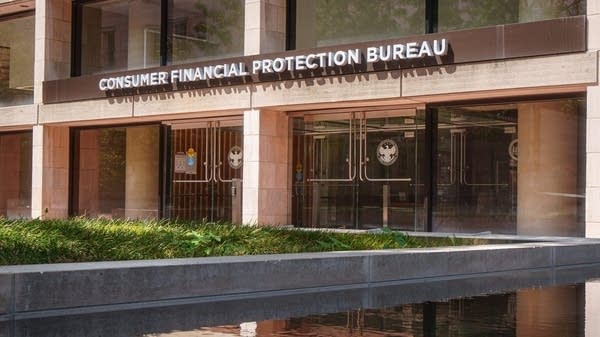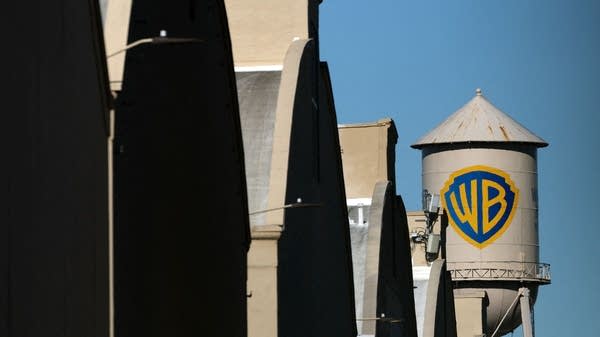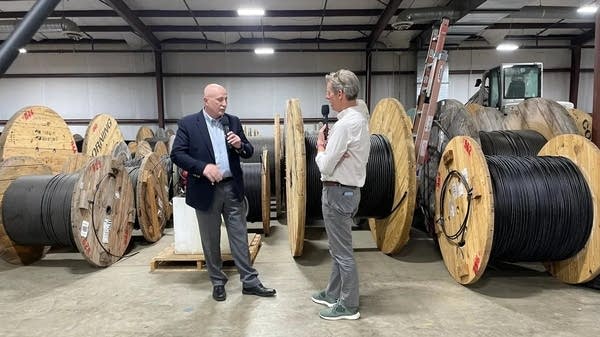Efforts to build high-speed rail could slow down under Trump
The Trump administration is moving to pull back some promised federal funding from high-speed rail projects in California and Texas.

The future of federal funding for long-planned projects to bring high-speed rail to the United States is in flux.
President Donald Trump said last week that the federal government “won’t pay” for California’s high-speed rail project between the Bay Area and Los Angeles. The Biden administration had promised over $3 billion to the state-run project, which has been in the works for over 15 years and needs billions more to be completed.
At the same time, Trump’s Transportation Secretary Sean Duffy has praised another high-speed project run by Brightline, a private company, that aims to connect LA and Las Vegas by 2028. It’s also in line for $3 billion from the federal government.
Whether those grants move forward could determine when and if high-speed rail can finally be built in the U.S.
For proponents of high-speed rail, the good news is it could work well here, in theory.
“There is a clear target market where high-speed rail outperforms either air transport or driving,” said Andy Goetz, a professor who specializes in transportation at the University of Denver.
The sweet spot, he said, is connecting big cities about 200 to 600 miles apart. That’s San Francisco to LA, or LA to Las Vegas, or Houston to Dallas. Within that range, a train going up to 200 miles per hour can be a great mode of travel, “in terms of the speed of service, in terms of the costs associated with it.”
And Americans may be ready for it. Amtrak — which is controlled by the federal government — saw a record number of riders last year, a nearly 15% increase over the previous year. Meanwhile, Brightline has had some success with a train line in Florida, running between Miami and Orlando at speeds up to 125 miles per hour.
The problem is, actually building a high-speed train line costs tons of money upfront and will likely take years to complete.
“They are really large allocations of capital with very long term returns on investment,” said Sean Jeans-Gail, head of government affairs and policy at the Rail Passengers Association.
That’s why both public and private groups aiming to build high-speed rail in the U.S. have leaned on the federal government for financial support.
“For a successful high-speed rail network, what we're going to have to have is a level of predictability from year to year,” Jeans-Gail said, “but also from administration to administration.”
The opposite of what’s happening right now.
The Biden administration pushed $66 billion into the rail system including money for Amtrak, and several high-speed projects. Now, the Trump administration is looking to pull some of that money back.
Back in February, at LA’s Union Station, Secretary of Transportation Sean Duffy derided California’s state-run high-speed project that’s supposed to eventually link LA and San Francisco. It’s years past its original deadline and completing the full project could cost more than triple its original price tag. Duffy said his department would review federal funding for the project.
But, speaking over booing protesters, he had kind words for Brightline’s effort to build a fast train between LA and Las Vegas.
“It appears to be on budget, on time. Those are the projects that I think taxpayers are willing to invest in. But projects like this,” he said, referring to California’s state-run high-speed project, “this doesn't make any sense.”
The Department of Transportation did not respond to requests for comment.
Brightline declined an interview request as well. It’s reportedly on track to complete its line by the end of 2028. And, at least for now, it’s still in line to receive its $3 billion federal grant.
Another private high-speed rail venture has not been so lucky. In April, the Department of Transportation pulled a nearly $64 million planning grant from a project that aims to connect Houston and Dallas, though private developers intend to move forward.
Add all that up, and Robert Puentes at the Brookings Institution thinks the administration doesn’t have a clear strategy around passenger rail.
“I don't think the Trump administration cares at all about passenger rail one way or another,” he said.
Companies and governments trying to build new rail service might be helped by a looser regulatory environment under Trump, “but the model of the federal government providing grant money to get passenger rail started is not going to happen during this administration,” Puentes said.
That could make it difficult for any entity — public or private — to start new high-speed rail projects over the next four years.













